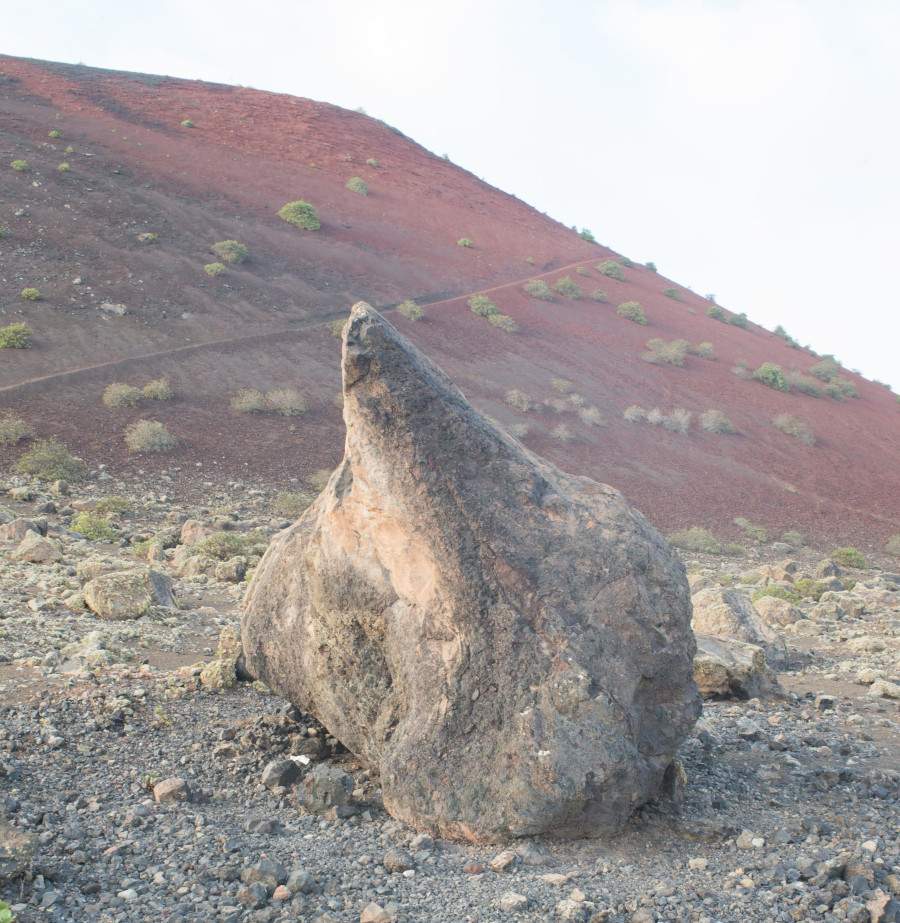Concerning Dante, the photo exhibition tracing the real and literary travels of the Supreme Poet
From January 20 to April 30, 2022, the Museo Civico Medievale in Bologna presents, as part of ART CITY Bologna, the exhibition Concerning Dante - Autonomous Cell by Jacopo Valentini. Curated by Carlo Sala, this is a photographic project related toDante’s imagery that traces along Italy the poet’s actual travels and literary ones through the Divine Comedy. The author’s works are exhibited along the three floors of the museum’s permanent collection, creating a formal and ideal dialogue that becomes significant in some passages, such as with the colossal statue made by Manno di Bandino that portrays Pope Boniface VIII, a central figure in the Florentine political upheavals that caused the poet’s exile.
The research revolves around three symbolic places, interpreted as the gateways leading to Inferno, Purgatorio and Paradiso, points of contact between the narrative of the Comedy and the reality of the Italian territory. The first, the volcanic mouths of the Phlegraean Fields, was for the ancient Romans the cavern of Charon, the ferryman of the souls of the dead beyond the river of Hades, and Virgil in the Aeneid places there the descent to the underworld. The Pietra di Bismantova is portrayed by the artist to symbolize Purgatory, following an explicit reference from the text in Canto IV. The Po delta, on the other hand, is the figuration of Paradise: a place that does not present a philological link with Dante’s masterpiece, but was chosen as a visual pretext capable of evoking the poem’s suggestions through its suspended and timeless landscape.
One of the main aspects of Valentini’s research is the relationship between literary text and landscape. Contributing to this process were the numerous figurations of the text that have followed one another over the centuries, from which the photographer was inspired by portraying with the technique of still life some works by Federico Zuccari, Alberto Martini and Robert Rauschenberg.
The first work visually reread by Valentini in his research is the Dante Istoriato by Federico Zuccari (1539-1609), who in the second half of the 16th century created a kind of artist’s book, where images become the center of the narrative. The chromatic range adopted by the painter in each cantica accentuates the visual pathos, as is evident in the plates of Inferno done in pencil. In the book’s iconographic sequence, Valentini places the Urbino artist’s drawings between the lava views of Lanzarote and the fumes of the solfataras of the Campi Flegrei, creating a visual analogy between fiction and reality.
The second contribution is that of Alberto Martini (1876-1954), an artist who always maintained a very intense relationship with the Commedia. The occasion was the famous 1900 competition for the Alinari edition, a crucial junction for the figuration of Dante’s poem because it opened to a plurality of modern authorial declinations with the sole constraint of technical reproducibility (not by chance it was promoted by the firm of the famous dynasty of photographers), thus acting as an element capable of further projecting the text into mass culture. Valentini worked at the Pinacoteca Martini in Oderzo, where a corpus of 298 works on Dante’s theme created by the artist, whose stylistic signature lies somewhere between symbolism and surrealism, is preserved.
The third authorial presence is that of U.S. artist Robert Rauschenberg (1925-2008), who in the late 1950s perfected the “solvent transfer” technique by working on photographic images from magazines of the time, then taken up in pencil and watercolor. In the Malebolge panel, a “transfer drawing” dedicated to the eighth circle of Hell, the athletes who used to camp on the pages of Sports Illustrated become characters from the Comedy: Virgil has the features of a tennis player, while the giants are three wrestlers on the podium. In illustrating the Comedy, Rauschenberg takes the pretext to talk about current events and, by grafting political and social themes onto the poem (his characters include John Kennedy and Richard Nixon), he emphasizes the universality of Dante’s poem.
Concerning Dante - Autonomous Cell is a winner of Cantica21. Italian Contemporary Art Everywhere - Under 35 Section promoted by the Directorate General for the Promotion of the Country System of the Ministry of Foreign Affairs and International Cooperation and the Directorate General for Contemporary Creativity of the Ministry of Culture.
Image: Jacopo Valentini, from the series Concerning Dante (Bomba Vulcanica), Lanzarote. Courtesy Galleria Antonio Verolino, Modena & Podbielski Contemporary, Milan.
 |
| Concerning Dante, the photo exhibition tracing the real and literary travels of the Supreme Poet |
Warning: the translation into English of the original Italian article was created using automatic tools. We undertake to review all articles, but we do not guarantee the total absence of inaccuracies in the translation due to the program. You can find the original by clicking on the ITA button. If you find any mistake,please contact us.





























